Prior to visiting this park managed by the National Park Service, I never knew anything about the Revolutionary War battle that occurred here on January 17, 1781. The battle lasted only about an hour and resulted in a resounding victory for the American forces even though the British outnumbered them and had greater fire power.
This monument is positioned near the entrance of the Visitor Center, our first stop when we arrived.
Plaques can be found on the monument providing details on the forces for both sides. The Americans were led by General Daniel Morgan (who proved to be a tactical genius in this battle) and the British by Banastre Tarleton (who was known to be ruthless in battle).
Morgan's American Army was comprised of three groups:
- The Militia, who were basically untrained volunteers who lived with a days' ride of the battlefield. They used their personal hunting rifles with great accuracy to 500 yards. A major disadvantage for them, however, was that they could not affix bayonets to their rifles which proved deadly in battle for some.
- The Continental Army was comprised of well-trained, professional solders. They were issued flintlock muskets (not very accurate up to 150 yards) and bayonets.
- The Cavalry was led by George Washington's second cousin, William Washington. Known as the American Dragoons, the troops were trained to fight on horseback and on foot.
Here is a display of the weapons used by these groups during this battle.
Tarleton's British Army was comprised six groups:
- The Legion Cavalry at Cowpens was a mix of American loyalists and prisoners of war from Camden, SC, who were armed with sabers and pistols.
- 16th Light Infantry had crack troops who had been fighting since the beginning of the war with America.
- 7th Royal Fusiliers were new, untested recruits and only partially trained.
- Royal Artillery were responsible for the two light cannon that accompanied Tarleton's army.
- 71st Highlanders was an elite regiment who served extensively in the north until being transferred to Georgia and South Carolina to fight.
- 17th Light Dragoons were a regiment of model soldiers for other cavalry troops. They were known for their discipline and served gallantly in most important battles during the Revolutionary War.
Here is a display of some of the weapons used by them during the Cowpens Battle.
Here is a diagram of the positioning of the troops at the beginning of the battle. It ended with an American victory with a "double envelopment" of the British.
The best way to see the battlefield here is via a self-guided, 1.25 mile Battlefield Trail that begins and ends at the Visitor Center. Interpretive signs are located throughout the tour providing insight into the positions of troops and the actual battle.
Losses:
- Killed in battle:
- 110 British
- 24 American
- Wounded in battle:
- 220 British
- 104 American
- 600 British captured or missing
This battle helped turn the tide of the war to an American victory.
This park is dog-friendly and we were permitted to bring Sadie with us on the self-guided tour (which we always love!)
The journalist-historian Bernard Lessing came to the Scruggs farm to research the battle and write about the famous battle. This is a restored version of the log cabin that was here at that time. Work is currently underway to replace several logs and repair mortar in some parts of the house.
Admission to the site is free. Be sure to check out the displays at the Visitor Center prior to the self-guided walking tour. This place is definitely worth a stop if you are in the area.
Website: www.nps.gov/cowp
Website: www.nps.gov/cowp
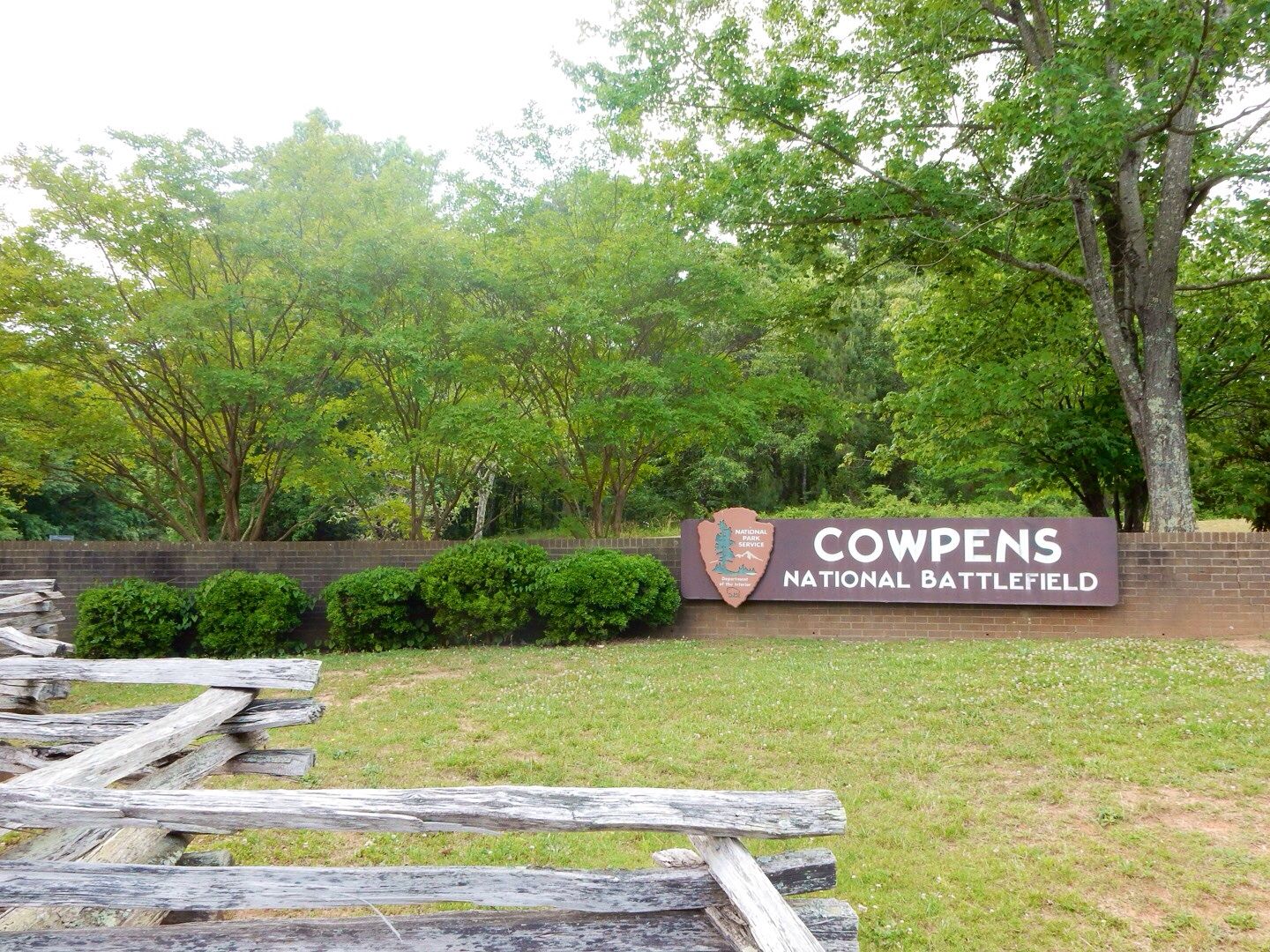

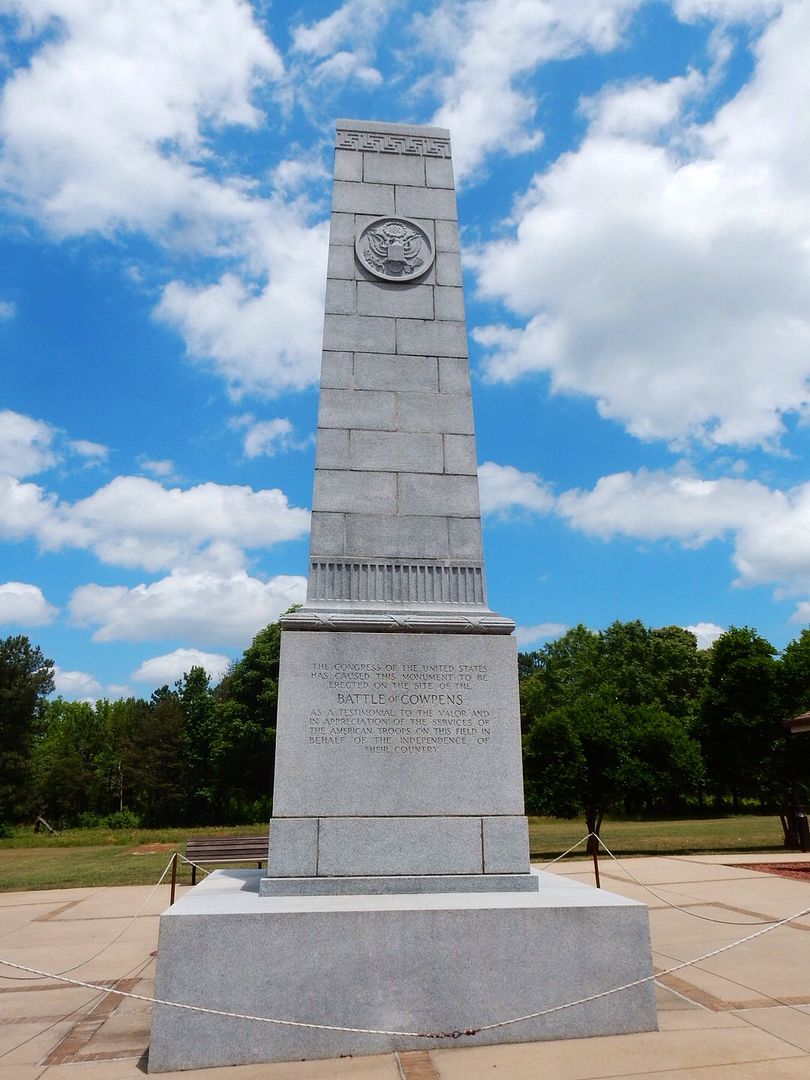
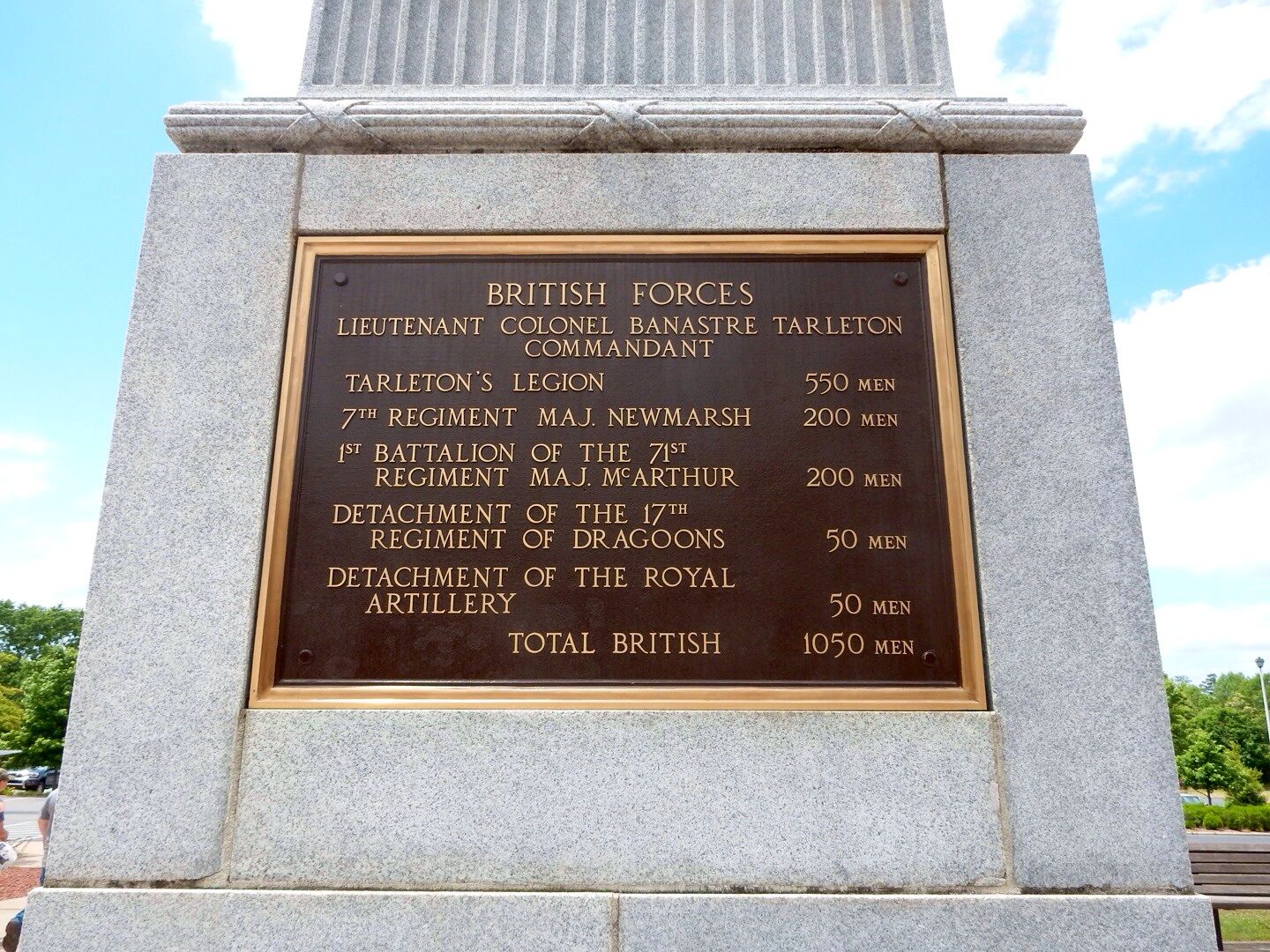
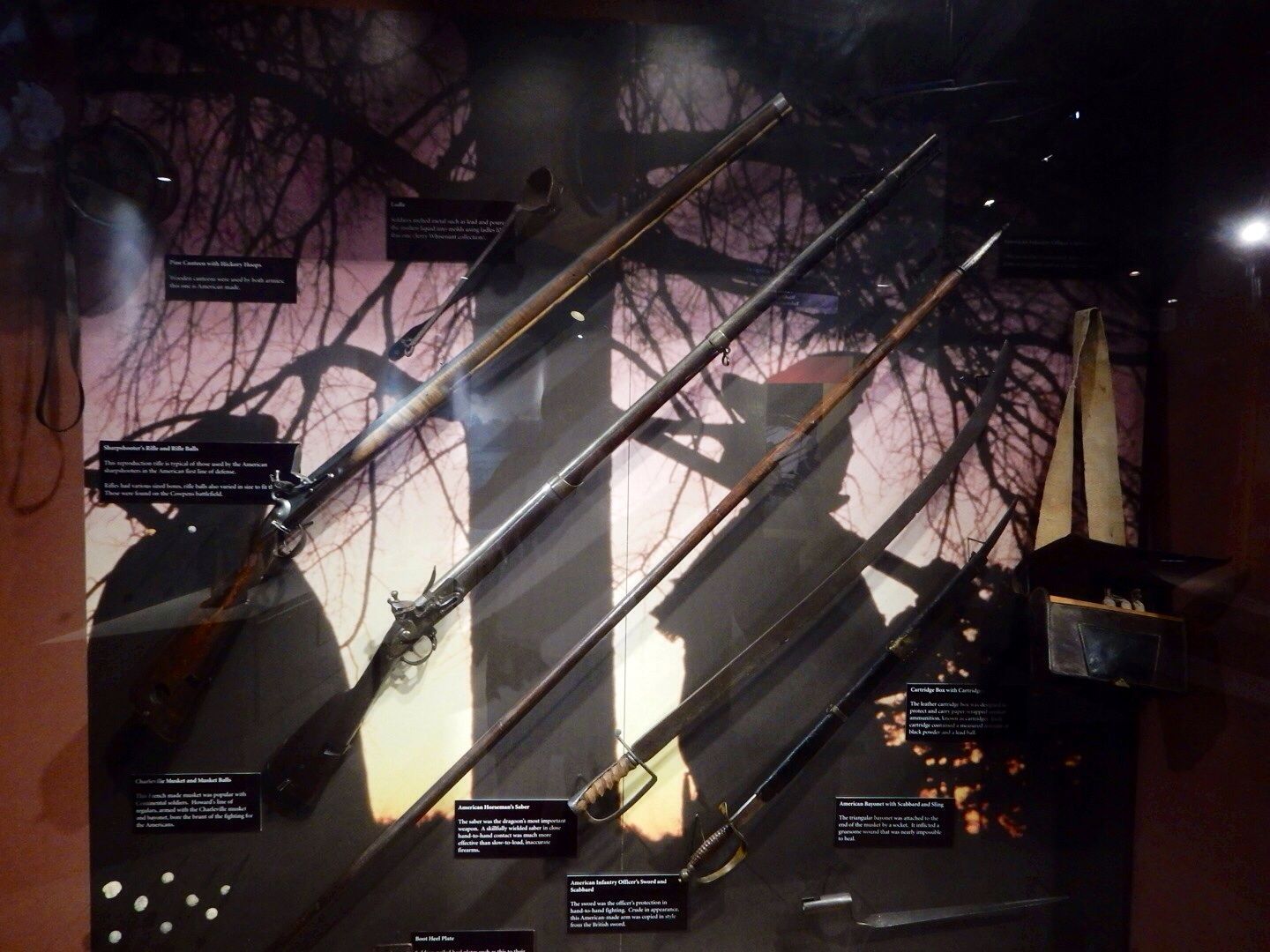
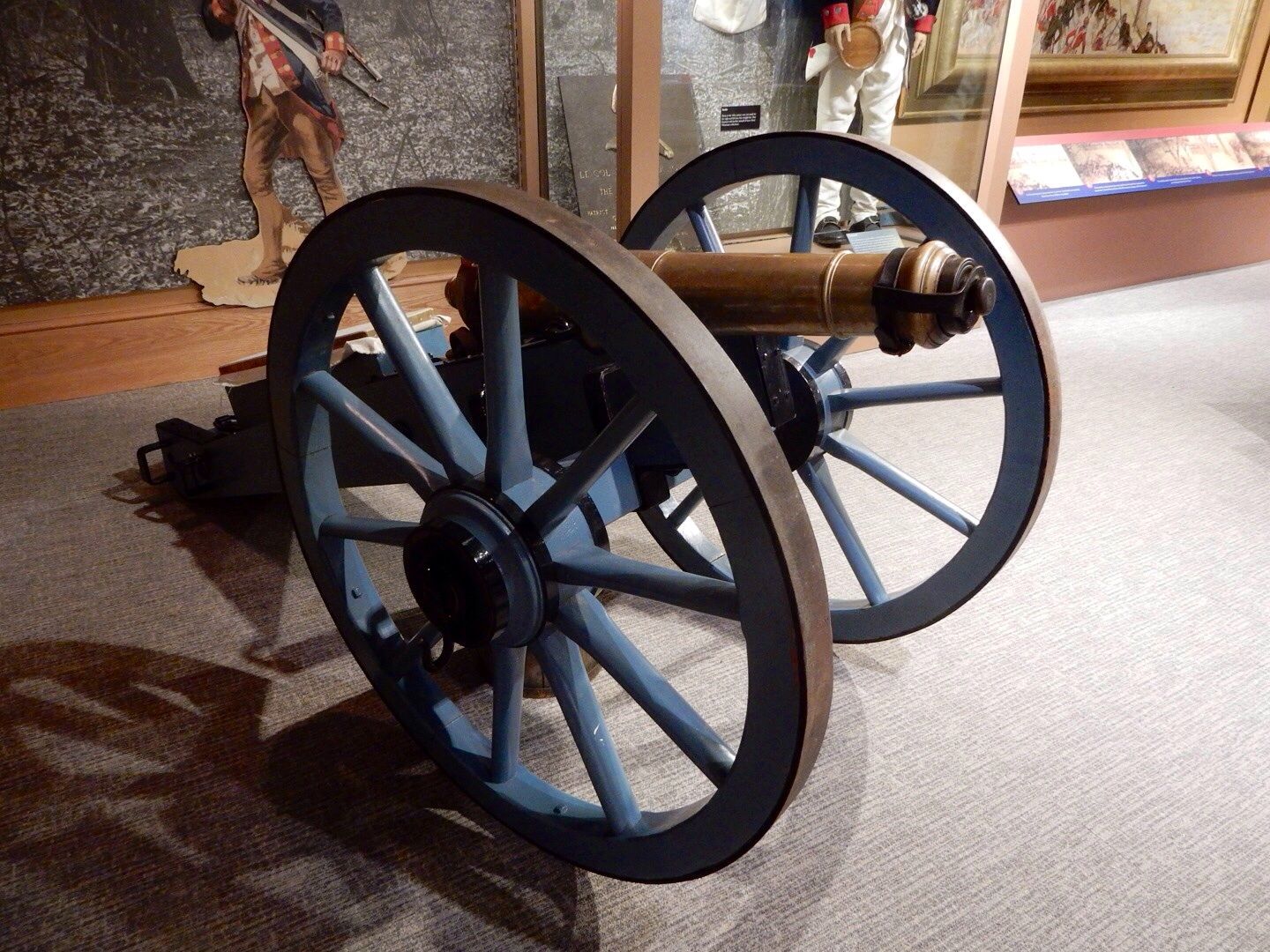
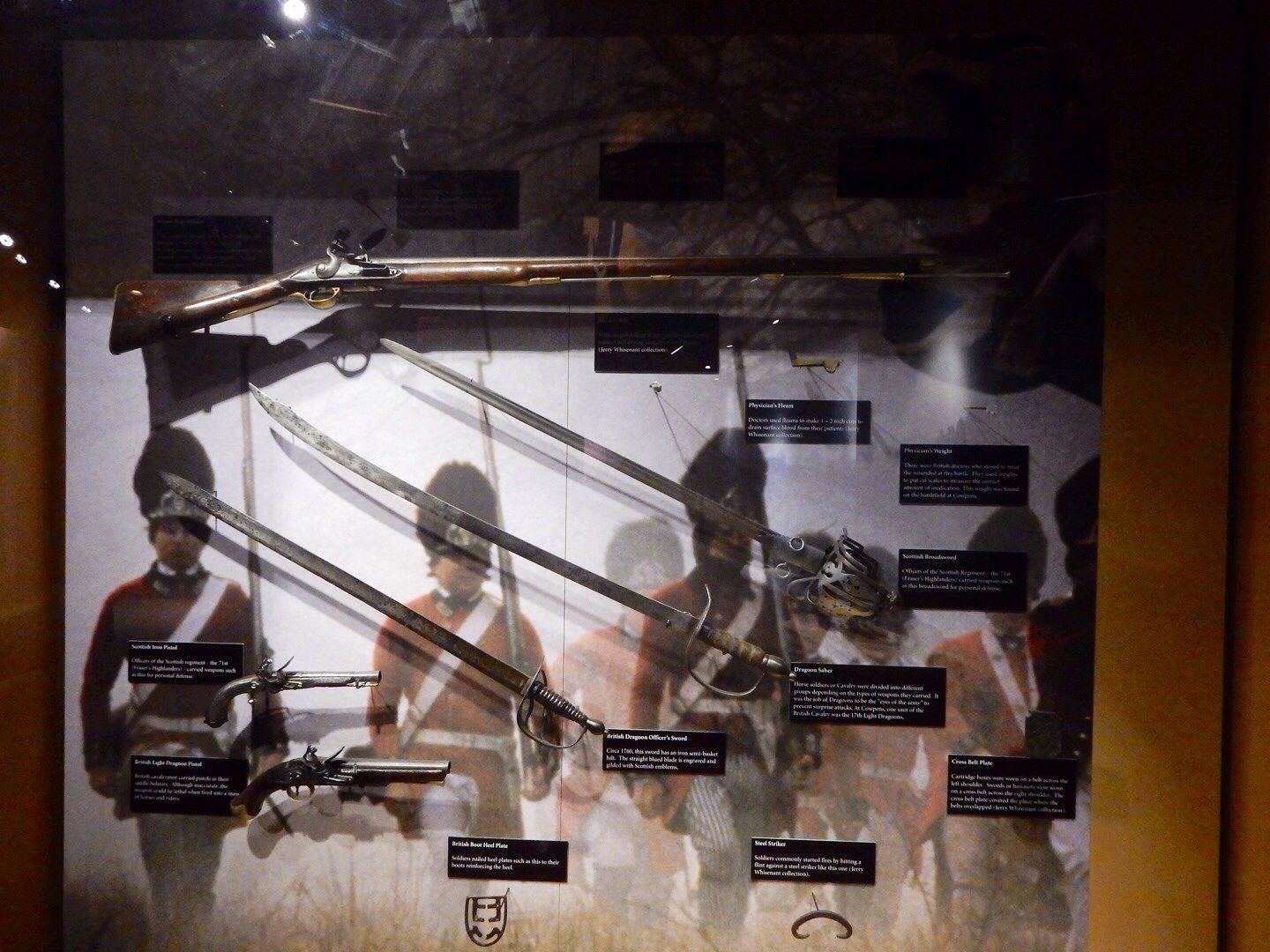
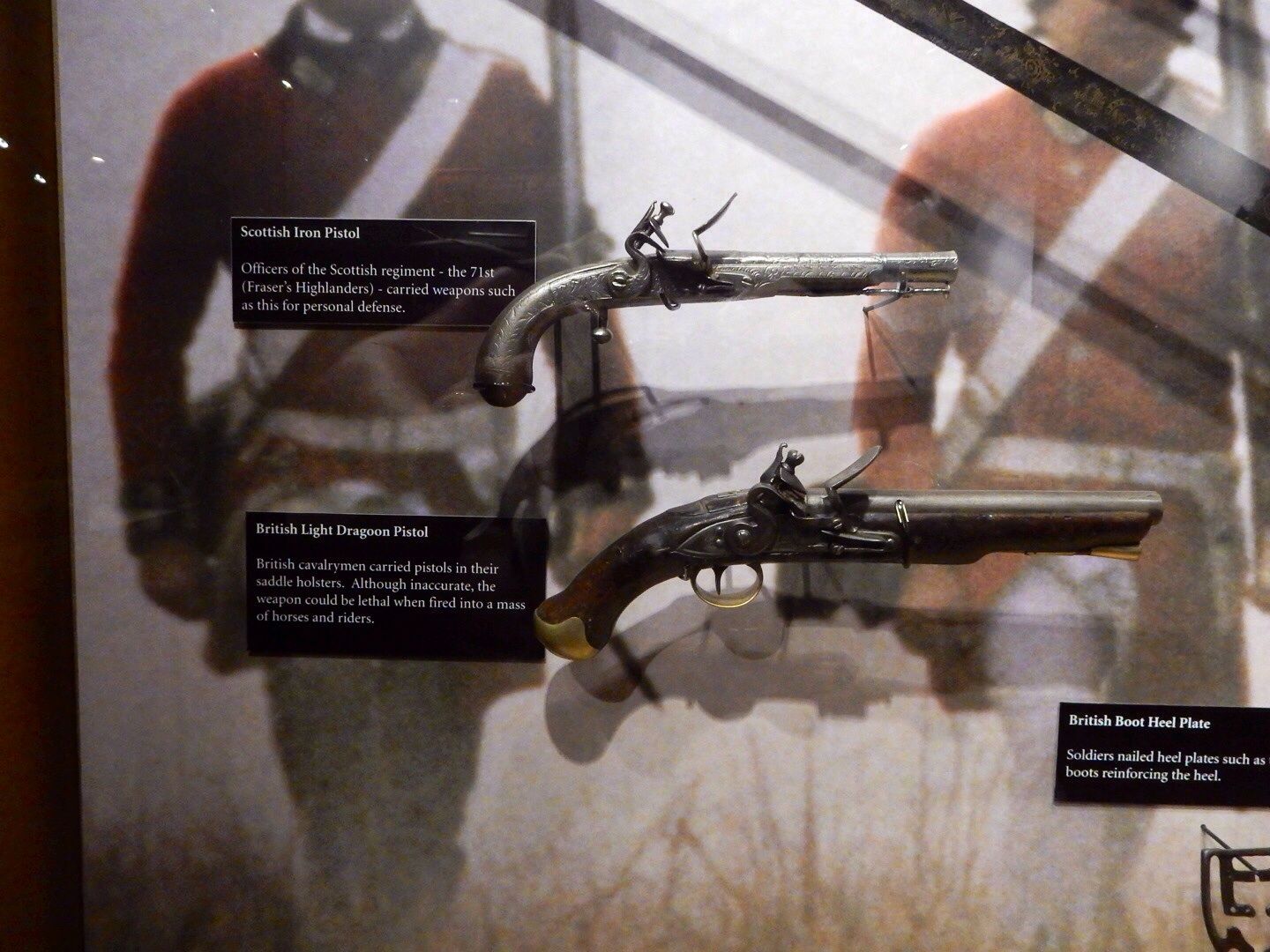

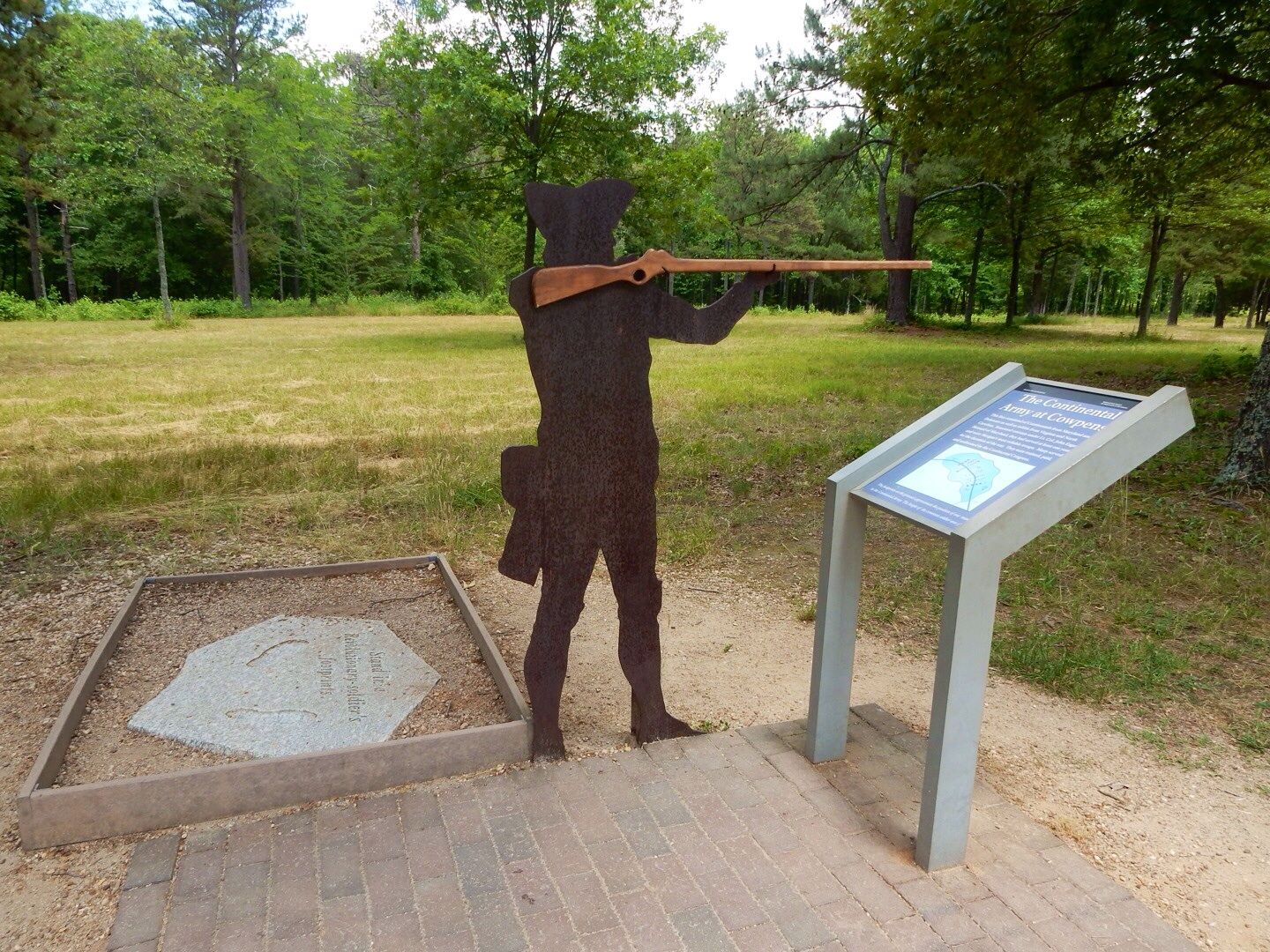


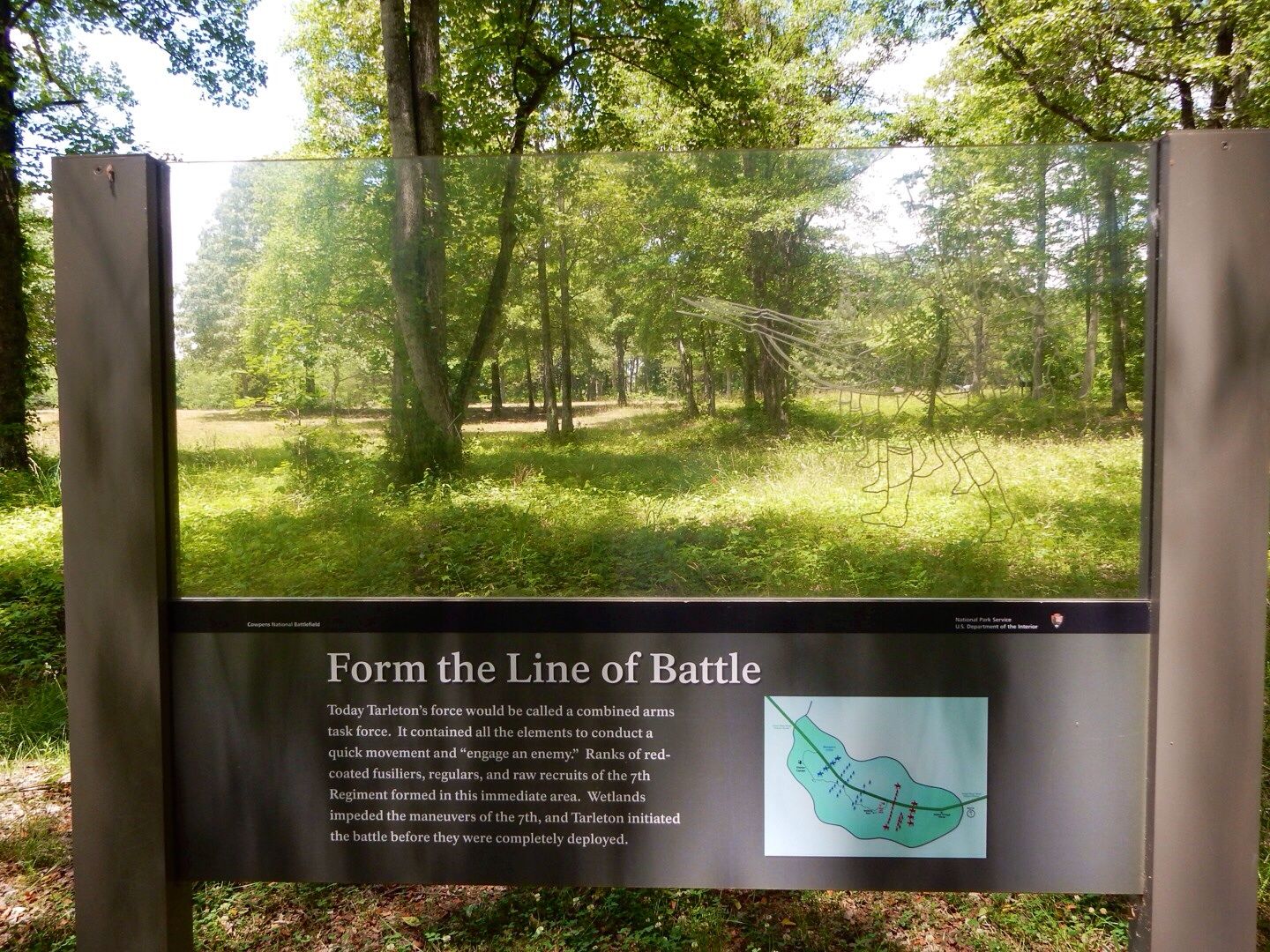
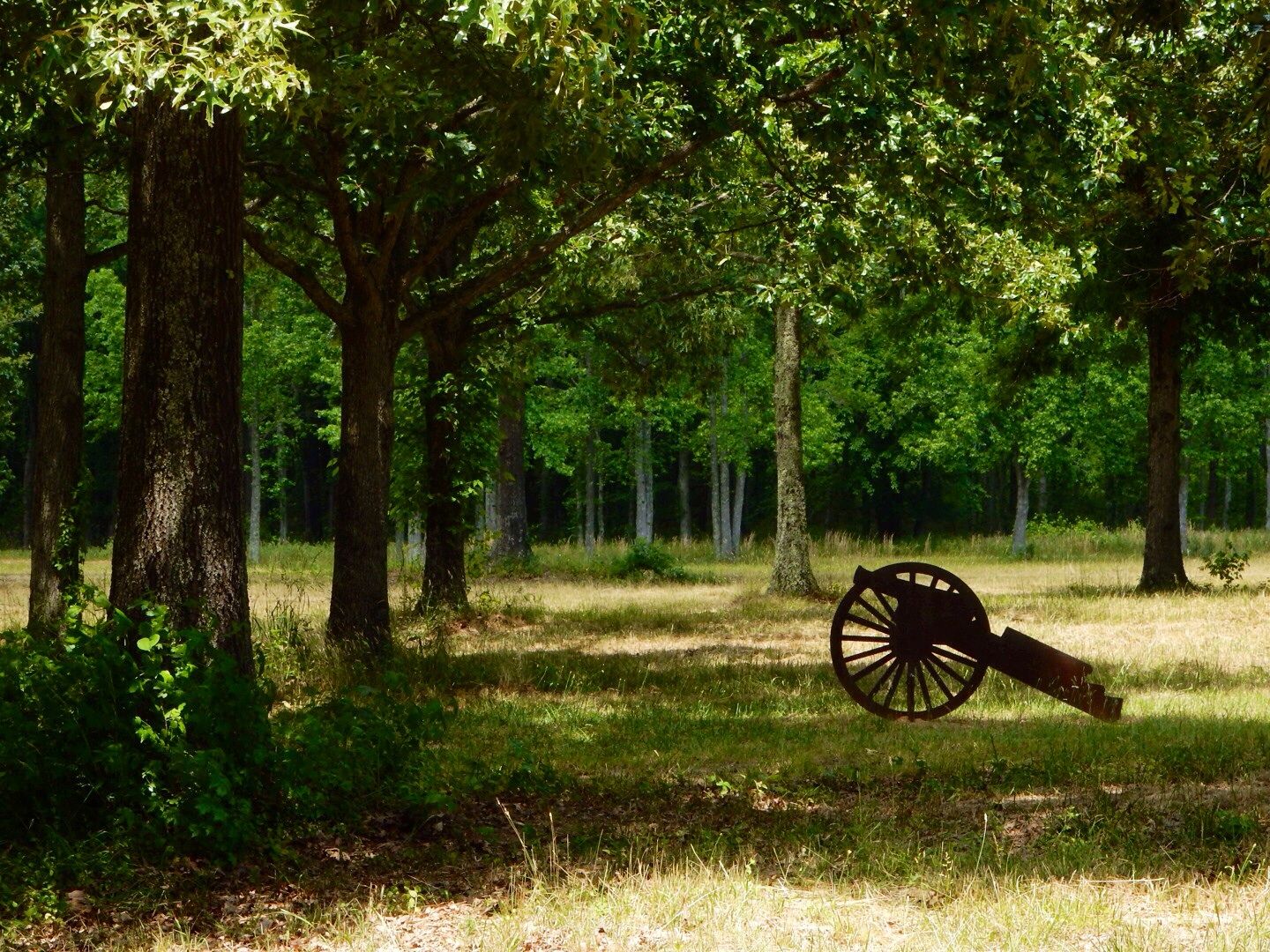
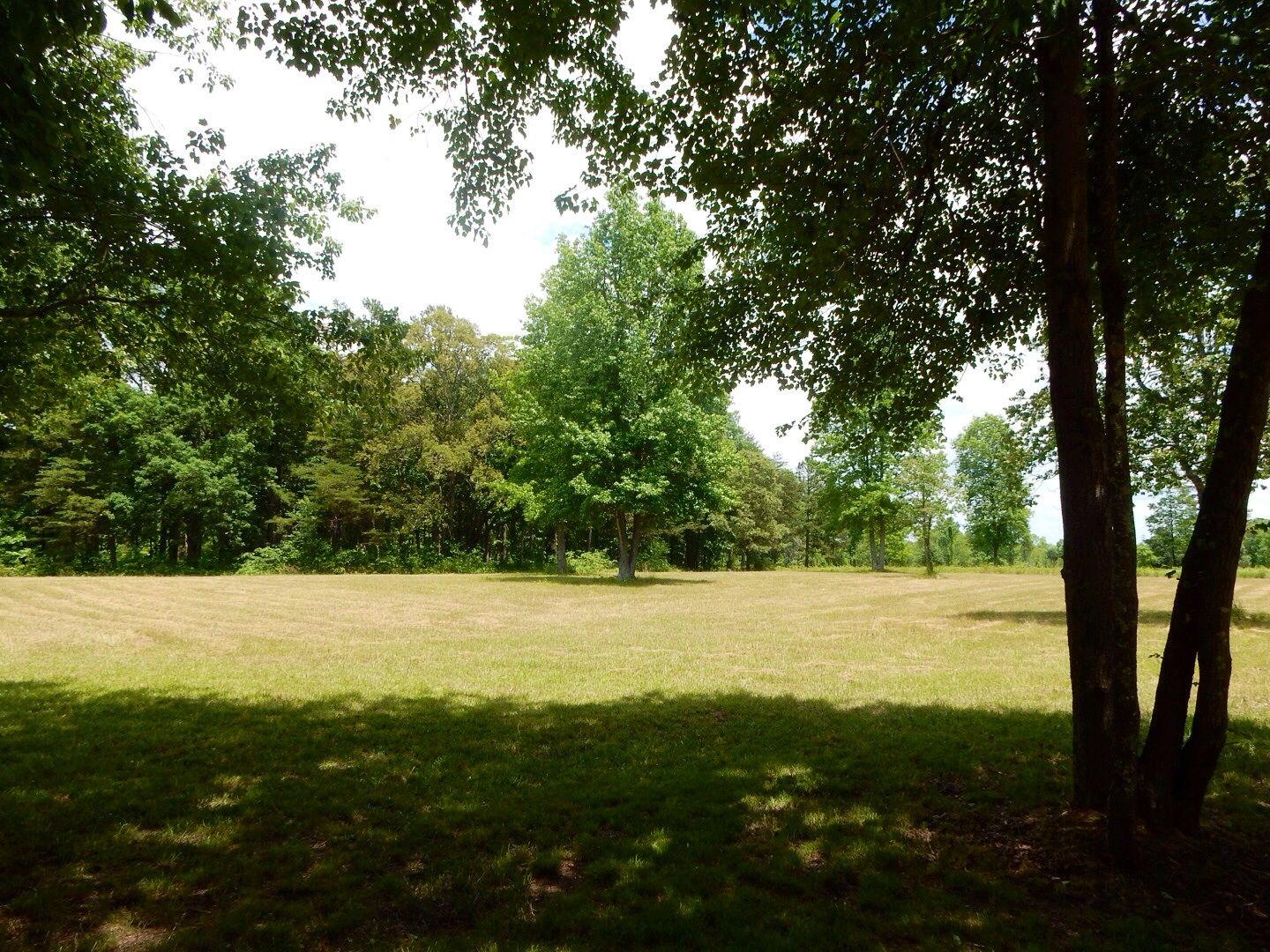
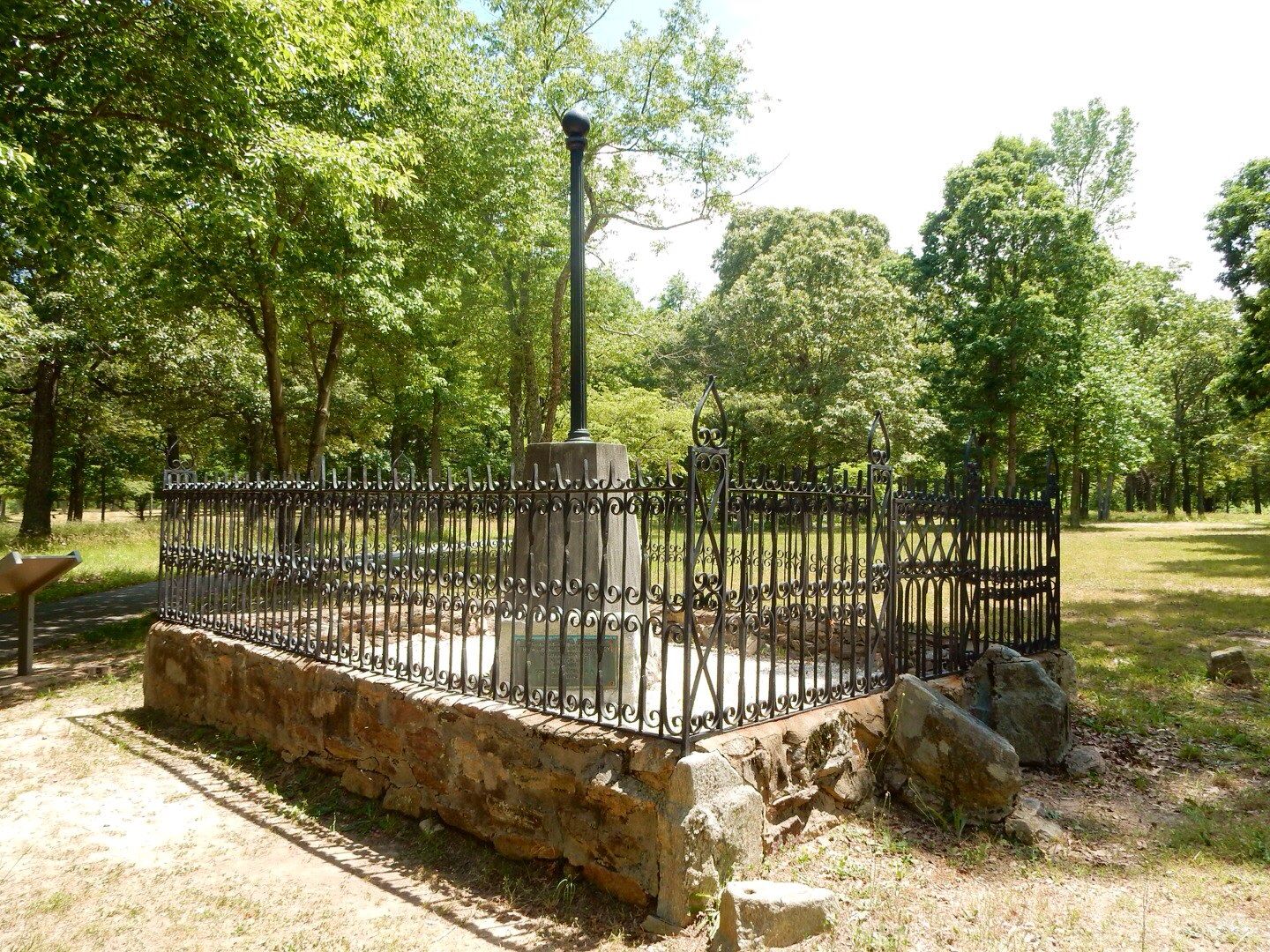


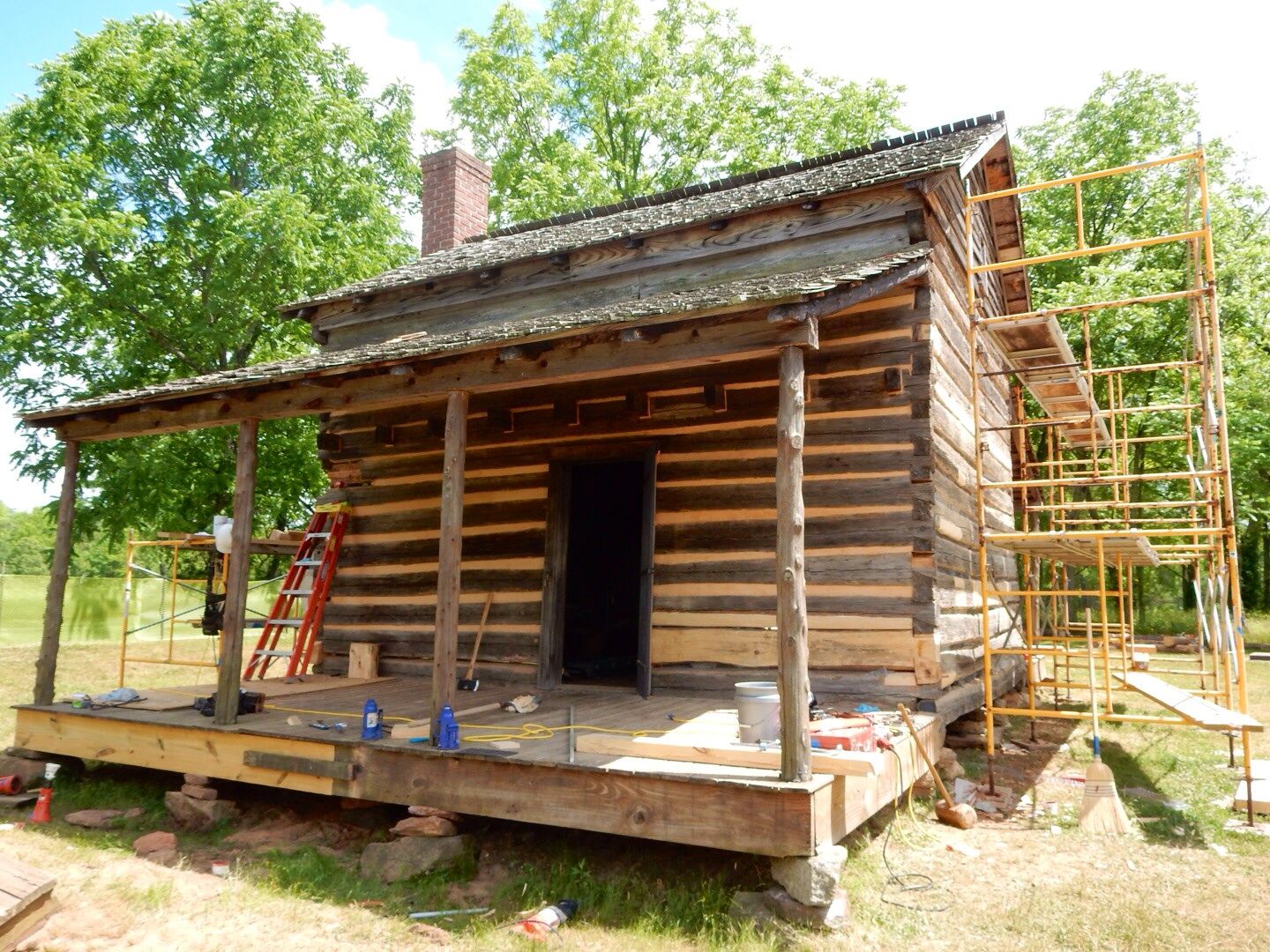
No comments:
Post a Comment